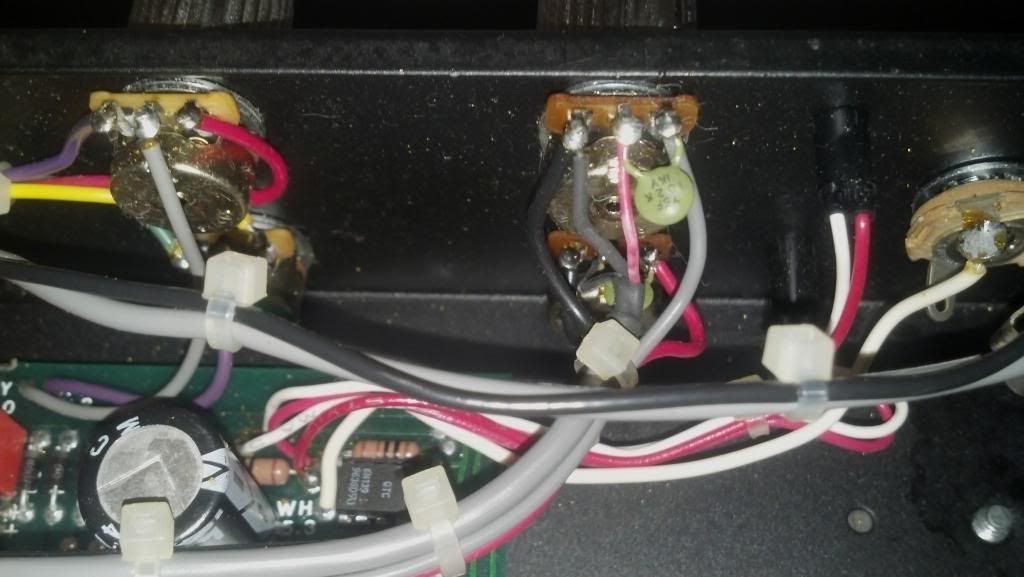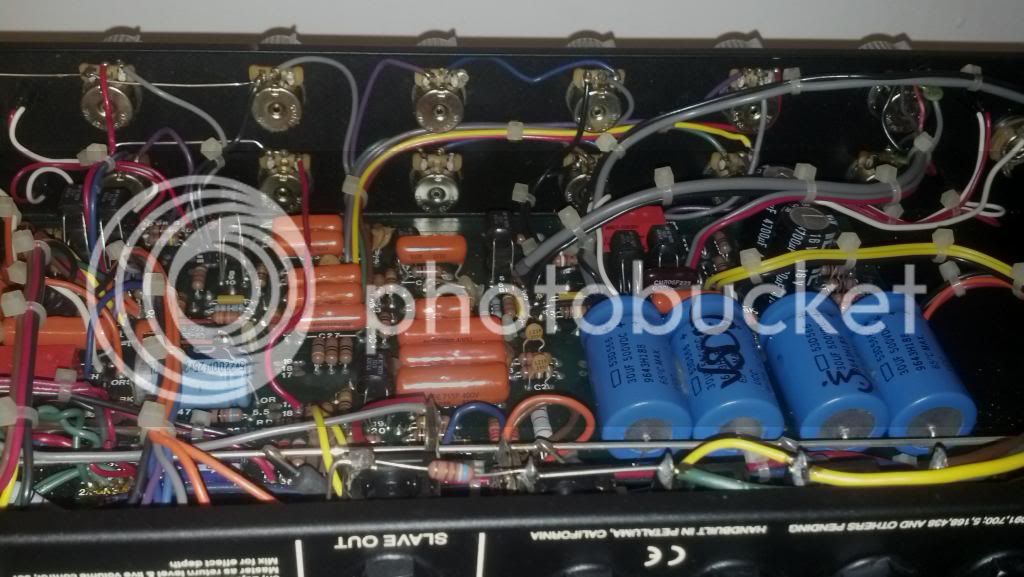So i noticed tonight that for some reason, orange to modern is actually louder than red modern, settings being the same.. 9 oclock orange (to modern) = 10 oclock red....
Edit. the contrast comes more at 10 oclock orange where i have to be at a solid 11:00 red or so to match that volume. The orange volume pot seems a bit more agressive..
Orange seems also to have more gain, and more low end punch. I am aware of the prescence ddifference, but red seems to be weak in comparison to orange. i might measure the pots to see if there is a difference...
Could i have a weak cap on the red gain pot? Might that cause loss of volume and low end? I don't remeber anything in the manual about orange to modern being the loudest..
Thanks for your help guys.
Edit. the contrast comes more at 10 oclock orange where i have to be at a solid 11:00 red or so to match that volume. The orange volume pot seems a bit more agressive..
Orange seems also to have more gain, and more low end punch. I am aware of the prescence ddifference, but red seems to be weak in comparison to orange. i might measure the pots to see if there is a difference...
Could i have a weak cap on the red gain pot? Might that cause loss of volume and low end? I don't remeber anything in the manual about orange to modern being the loudest..
Thanks for your help guys.





